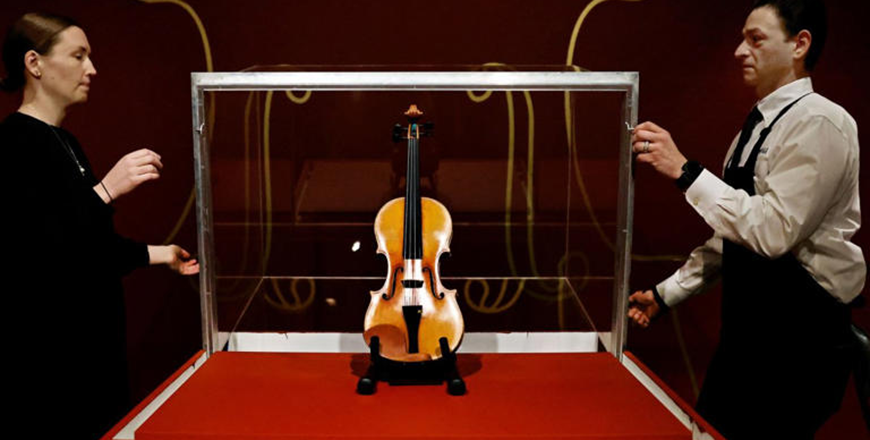You are here
The incredible impact of 3D printing
By Jean-Claude Elias - Sep 17,2015 - Last updated at Sep 17,2015
I have two minor issues with 3D printing. It’s still very expensive, and the name the technique has been given doesn’t really correspond to what it does, and it does not do it justice either. Other than that it may well be the most revolutionary high-tech innovation of the last five years, when it comes to hardware at least.
“Digital personal manufacturing device” would explain much better what the machine actually does. Printing is generally understood as laying ink on paper, or eventually on fabric or any other two-dimensional printable material, to form writing or drawing, in black or in colour. A 3D printer does nothing like.
The first definition you come upon when googling the meaning of 3D printing on the Web is “a process for making a physical object from a three-dimensional digital model”. It says it all.
Never mind the name. The technology is doing absolutely amazing things such as making excellent medical prostheses at ridiculous cost or producing unbelievably futuristic musical instruments with close-to-perfection sound qualities. You start by designing the object with your computer, even a laptop would do. It is not the easiest part of the process, but the most delicate and the most important, and by far. Then you take raw matter like, typically, flexible plastic, resin or some powder-based component, you place it in the printer connected to your computer and you tell it to “go ahead, make it”.
A professional 3D printer starts at about JD5,000 though there are slightly less expensive entry-level models and of course much more expensive ones at the higher end. This, naturally, does not include the price of the plastic or resin required to generate the objects. Since not every home or office can afford such expenditure, there are already companies established in Jordan that offer 3D printing service to the public for a reasonable fee.
By bypassing the traditional complex and expensive processes that goes from an idea or a concept, to the design and then to the large scale manufacturing, 3D printing establishes a direct link between the designer and the final, finished product, by using computer hardware and software that are at every one’s reach. This is unprecedented. So far computers have been amazing at processing numbers, data, images and sound, at letting us communicate and print on paper. 3D printing takes us to making physical objects. This is truly the 21st century.
French violinist Laurent Bernadac has designed and made a revolutionary violin by taking inspiration from one actual Stradivarius instrument, the celebrated model that goes back to the 18th century. He named his brainchild “3DVARIUS”. Beyond the technical prowess, critics agree that the resulting sound is outstanding. Because the 3D-printed electric 3Dvarius violin is made of one single bloc, it generates pure sound, something that a hand-made wooden instrument understandably cannot generate.
Whether one prefers the sound of the wooden, traditional Stradivarius or that of the 3Dvarius is subjective in the end but does not diminish the tour de force of Bernadac in any way. Moreover, at about JD10,000 the 3Dvarious is not cheap compared to the commercial violin models usually sold on the market, though it remains infinitely more affordable than a real Stradivarius made by the great master some 300 years ago. The highest price reached by a Stradivarius so far is $16 million.
Prosthetic limbs are one of fields where 3D printing is doing wonders. Private designers are helping injured people to acquire excellent prostheses at a fraction of the cost they would pay to big names in the industry for similar products, all thanks to 3D printing.
The variety of objects that can be printed this way is infinite and we have only seen the beginning of the impact of 3D printing. Just imagine that you can tell your computer and 3D printer to make any object you can think of and can design, using proper 3D software and of course some serious know-how. With these possibilities comes a set of ethical and safety issues, as it is often the case with technology. “Printing” lethal handheld weapons is only one of them. How do you control what people print at home or at their private workshop?
Related Articles
NEW YORK — A rare Stradivarius violin, made over 300 years ago by Antonio Stradivari during his so-called golden period, fetched $11.3 milli
Many manufacturers are at an early stage of discovering the benefits of 3D printing, but one of the clearest strengths is customisation.
There’s a good solution for practically every single aspect of IT today, except for one perhaps, which is to print top quality photos at hom


















